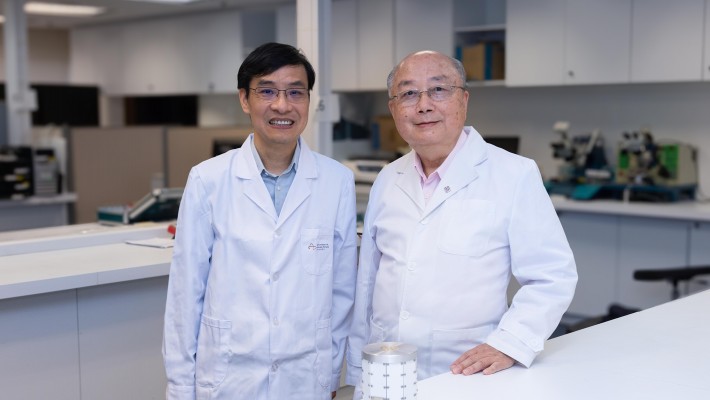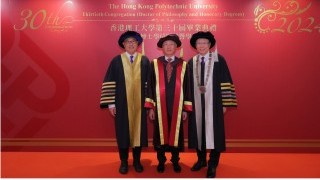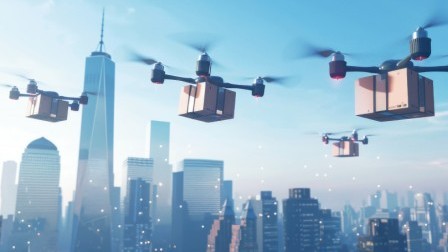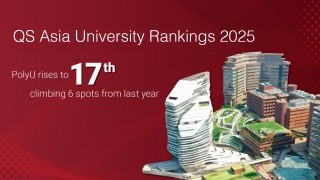PolyU completed its first catalyst material experiments in space
The University has further advanced its deep space exploration excellence by completing its first self-developed and self-produced in-orbit material experiment testbed. This achievement marks Hong Kong’s first reusable experiment payload to return from space successfully. The testbed was aboard Shijian-19, the Nation’s first reusable and returnable satellite, and it returned to Earth after conducting multiple space experiments in Low Earth Orbit.
The project was led by Professor Daniel Lau, PolyU’s Chair Professor of Nanomaterials and Head of the Department of Applied Physics, and a member of the Research Centre for Deep Space Explorations (RCDSE). RCDSE collaborated with the Department of Industrial and Systems Engineering to develop the testbed. The entire design and manufacturing process took place at PolyU’s Industrial Centre, showcasing the University’s capability to conduct research and production entirely on campus.
The design of the catalyst material testing device is based on Professor Lau’s earlier development of the APMA system for carbon dioxide electroreduction, which earned a gold medal at the 48th International Exhibition of Inventions of Geneva. Professor Lau credited Professor Yung Kai-leung, Director of RCDSE, for inspiring the application of his catalyst innovation in deep space exploration.
This project aims to study the effects of microgravity, vacuum, and radiation on the effectiveness of high-performance catalysts, which could lay a foundation for space application catalyst materials for producing fuels, oxygen, and specific chemicals.
The testbed has been retrieved and will be analysed in PolyU’s laboratory. “The team hopes to explore the effects of space environments on different materials, which could provide new insights for future deep space exploration missions,” Professor Lau stated.
The success of the project demonstrated PolyU’s research strength in interdisciplinary fields such as deep space exploration, materials science, and engineering. The University is eager to continue fostering research innovation and contributing to the Nation’s goal of becoming a global leader in aerospace and technology.






